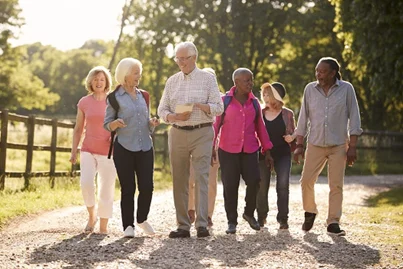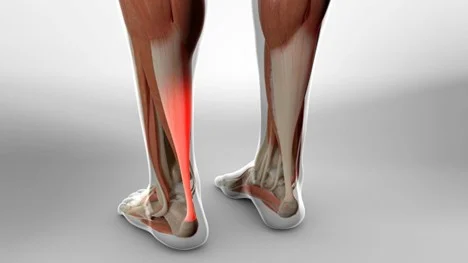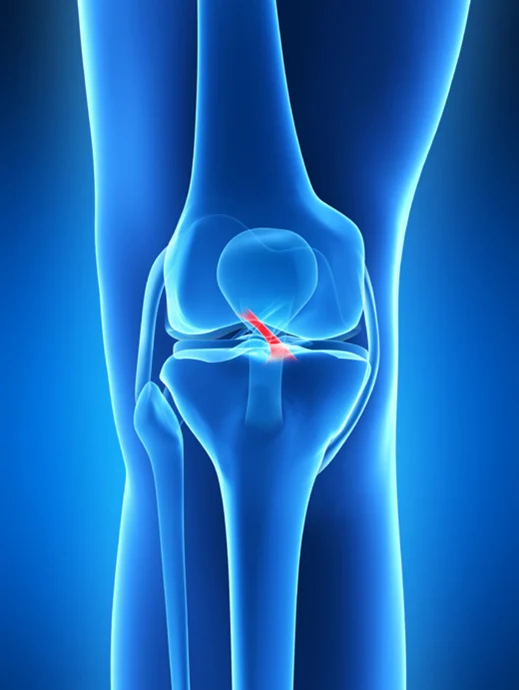- Preoperative Factors: Why Prehab Matters
- Strength and Neuromuscular Training
- Physiotherapy Modalities
- Return to Play: A Step-by-Step Approach
- Sheddon Physiotherapy & Sports Clinic Burlington Can Help
Anterior Cruciate Ligament (ACL) injuries remain some of the most common and challenging injuries in sports today. Despite advances in surgical techniques and rehabilitation protocols, re-injury rates remain significant: between 3–22% for the operated ACL and 3–24% for the contralateral ACL within the first five years post-surgery. These numbers highlight why some athletes struggle to return to their pre-injury performance levels.
Recent evidence-based guidelines from ACL experts provide key insights into rehabilitation strategies, including:
- Preoperative factors that affect recovery
- The effectiveness of physiotherapy
- Benefits of specific exercises
- Return-to-play guidelines
- Risk factors for re-injury
Whether you’re a competitive athlete, a recreational player, or a weekend warrior in Burlington, proper ACL rehabilitation is essential to ensure a safe and effective return to sport.
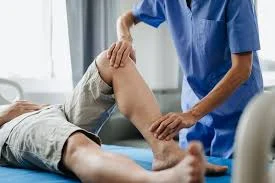 Preoperative Factors: Why Prehab Matters
Preoperative Factors: Why Prehab Matters
Many athletes begin physiotherapy before surgery, often referred to as “prehab.” Research shows that preoperative quadriceps weakness and extension deficits (not achieving full knee extension) can negatively impact post-surgical recovery.
Don’t assume that surgery alone will “fix” these issues. Prehab is a critical step in maximizing your post-operative outcomes. Strengthening your muscles, improving range of motion, and addressing movement patterns beforehand gives you the best chance at a smooth recovery.
Strength and Neuromuscular Training
Post-surgery rehabilitation should focus on strengthening, proprioception, and neuromuscular control, especially if your goal is to return to sport.
Key areas to target:
- Quadriceps and hamstring strength – essential for knee stability
- Proprioception and balance – retrains the brain and body to respond to sudden movements
- Neuromuscular training – improves movement patterns and landing mechanics
Incorporating exercises such as step-downs, single-leg squats, and agility drills gradually helps restore function while minimizing the risk of re-injury.
 Physiotherapy Modalities
Physiotherapy Modalities
Modern physiotherapy for ACL rehabilitation often includes complementary modalities to accelerate recovery and improve outcomes:
- Muscle Stimulation: Activates muscles that may be weak or inhibited due to pain or swelling. By engaging the muscle during exercises, muscle stimulation helps rebuild strength safely.
- Cryotherapy (Ice Therapy): Reduces acute pain and swelling following surgery or intense rehabilitation sessions.
- Manual Therapy: Improves joint mobility, soft tissue flexibility, and reduces stiffness around the knee.
These modalities are always combined with targeted exercises to ensure optimal recovery.
Return to Play: A Step-by-Step Approach
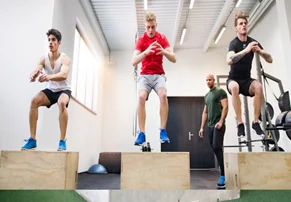 Returning to sport after an ACL injury isn’t just about strength; it’s about function, confidence, and readiness. Key components of return-to-play rehabilitation include:
Returning to sport after an ACL injury isn’t just about strength; it’s about function, confidence, and readiness. Key components of return-to-play rehabilitation include:
- Plyometric training: Jumping, landing, and explosive movements to mimic sport-specific demands
- Agility drills: Cutting, pivoting, and directional changes to retrain movement patterns
- Functional assessments: Testing strength, balance, proprioception, and sport-specific movements for both the injured and uninjured knees
Sheddon Physiotherapy & Sports Clinic Burlington Can Help
Whether you’ve just been diagnosed with an ACL tear or are working through post-surgical rehabilitation, the team at Sheddon Physiotherapy & Sports Clinic Burlington can guide you through every step of recovery. Our evidence-based approach focuses on:
- Prehab strategies before surgery
- Individualized strength and neuromuscular training programs
- Functional return-to-sport protocols
- Injury prevention and re-injury reduction strategies
Our goal is to help athletes of all levels recover safely, regain confidence, and return to sport stronger than ever.



